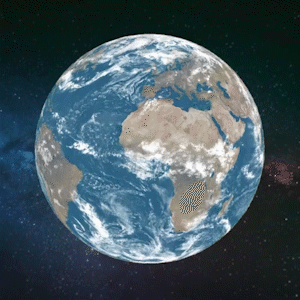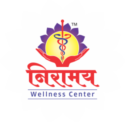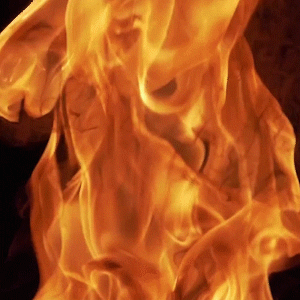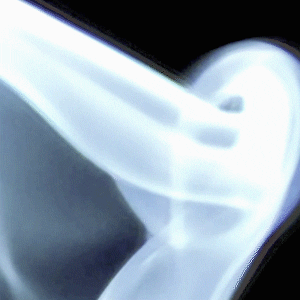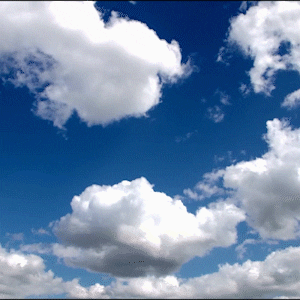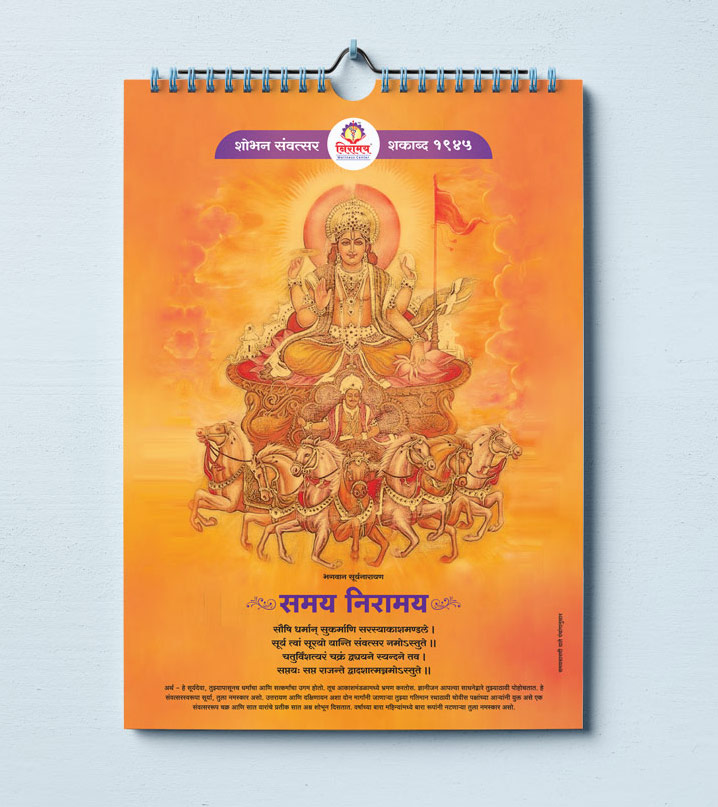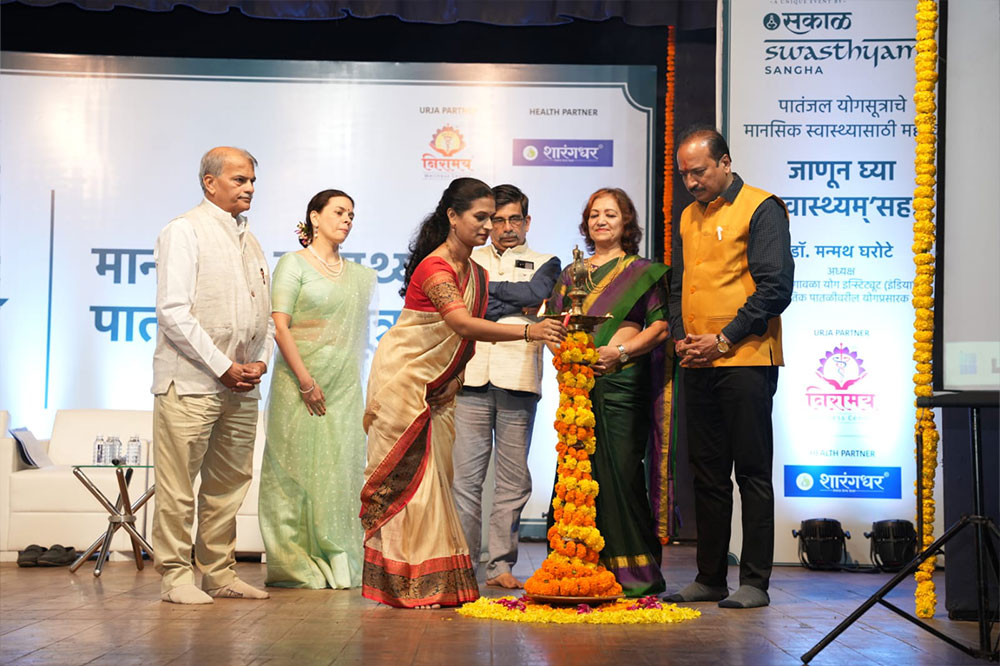Pruthvitatva
The solid and hard aspects in the world of nature are primarily made up of this element. The same applies to human body. All hard parts of the body such as bones, joints, ligaments, hair, teeth, cartilages, outer layer of cells, hollow organs, outer layer of veins and arteries, nerves, etc. are primarily made up of Pruthvitatva. Similarly, this element plays a major role in the formation of muscles, fat, spinal cord and semen. This element plays the role of providing strength and continuity to all the hard formations, skeleton and physical support structure in the body. At the same time, a balance in the other four elements is also necessary. Ingestion and excretion ensures the balancing of earth element in the body.
